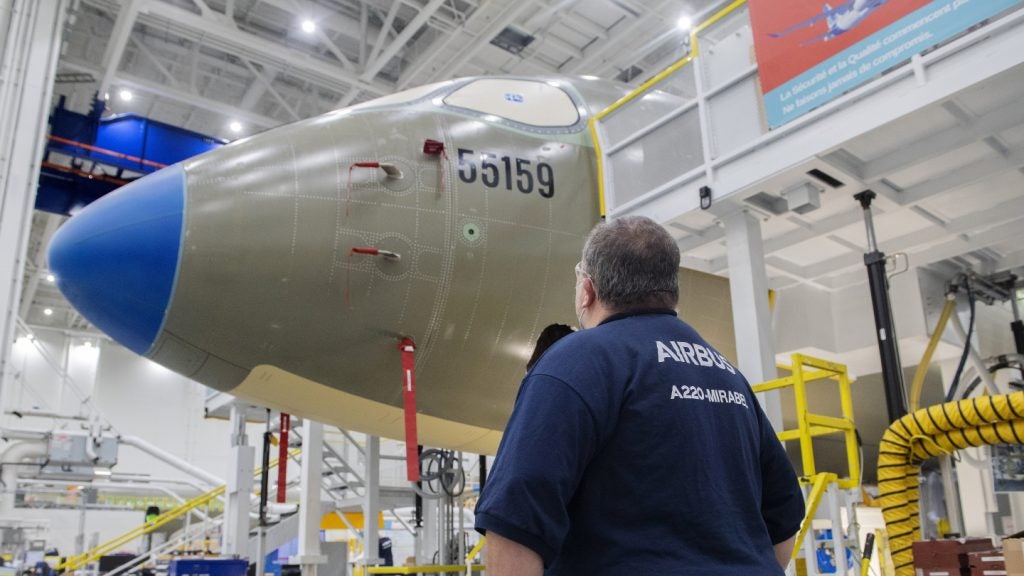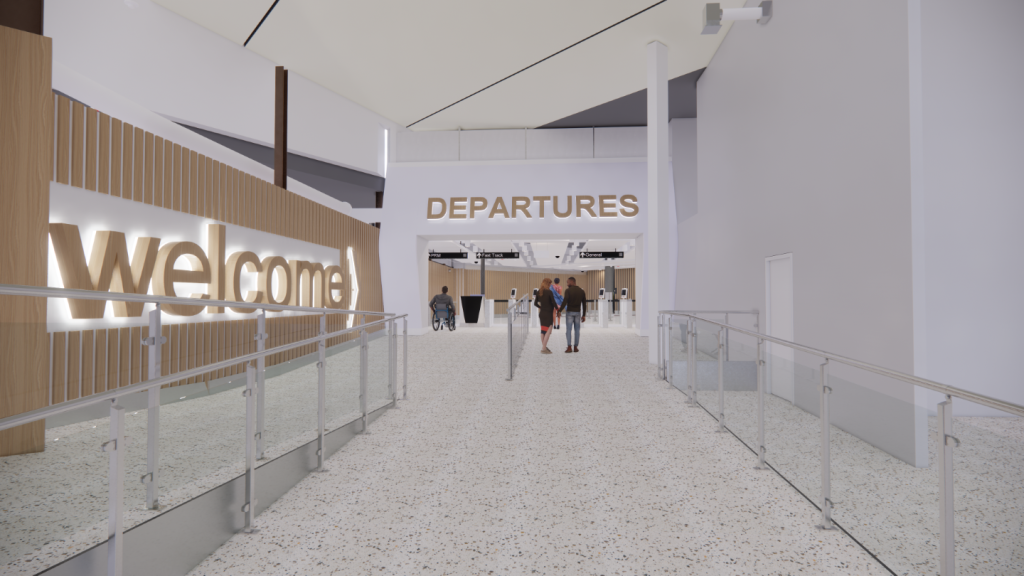
Record high oil prices are pushing up airlines’ costs, putting pressure particularly on very short or long flights because of the proportion of fuel in the cost. At the same time passengers are turning to internet price-comparison sites, causing fierce competition.
Airlines are being squeezed from both sides, while the return to prominence of hubs for connecting traffic means some airports may gain revenue from passengers’ changing travel patterns.
“When distribution systems were used, flights were allocated on the basis of time efficiency. Now people don’t want 45-minute connections as there is too much pressure,” says Mike Howarth, Founder of ASM, which advises on route development and is part of the Route Development Group behind the Routes forum in Kuala Lumpur.
“People are constructing their own journeys and choosing longer connections. This means they are in the airport for longer, which brings more commercial benefits.
“Ironically, when airlines are under pressure, airports could be increasing their revenues,” Howarth adds. “Not long ago people predicted the death of hubs, particularly as low-cost airlines focused on point-to-point routes, but hubs can generate yield from connecting traffic, which is essentially free business,” he says.
See Also:
A call for collaboration
How well do you really know your competitors?
Access the most comprehensive Company Profiles on the market, powered by GlobalData. Save hours of research. Gain competitive edge.

Thank you!
Your download email will arrive shortly
Not ready to buy yet? Download a free sample
We are confident about the unique quality of our Company Profiles. However, we want you to make the most beneficial decision for your business, so we offer a free sample that you can download by submitting the below form
By GlobalDataAlliances between airlines are a growing feature of the industry, particularly at hubs. This trend is likely to strengthen and there may be more efforts among airports to link services to the needs of airlines.
“Low-cost carriers won’t provide their own connections, so airports that have grown on the back of low-cost airlines could become the next-generation hubs. But those airports will have to make it happen themselves,” remarks Howarth. The key to further innovation and stronger alliances, he believes, is for airlines and airports to work more closely on route development.
“Airlines want lower costs and innovation, and airports are in the position to assist them by supporting routes. When an airport has a separate terminal for low-cost flights, it is saying that its main terminal is too expensive for them. But with oil prices rising, is the low-cost terminal an innovation or is it proof that the airport is not prepared to cut costs at its main terminal?” he asks.
“The cost-cutting techniques of budget airlines are being carried over to bigger airlines. It is up to airports to help airlines with this.” He stresses that it is not only in cost cutting that airlines and airports need to offer each other support. They must collaborate on long-term planning for new destinations. “Route development cannot be done by airlines alone. It must be in partnership with airports.”
Along with challenges come opportunities and as the industry seeks to open new routes in growth areas, collaboration will be the key to success.







